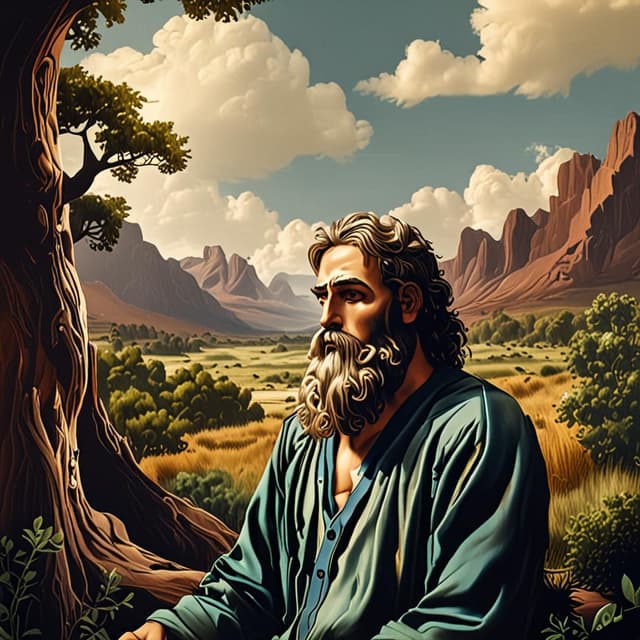
| Name | Adam |
| Portrayal | Often depicted as the first man created by God |
| Description | Enigmatic figure from ancient religious texts |
| Perspectives | Literal creationist readings • Metaphorical philosophical and anthropological understandings |
| Interpretations | Represents early human ancestors • Symbolic embodiment of human nature and origins of civilization • Debated and open to diverse interpretations |
Adam is a figure central to the creation narratives of several major world religions, particularly Judaism, Christianity, and Islam. However, the precise nature and significance of Adam remains a subject of ongoing debate and interpretation in this timeline, with perspectives ranging from literal creationist readings to more symbolic and philosophical understandings.
In the Book of Genesis of the Torah and Old Testament, Adam is portrayed as the first man, created directly by God from the earth. He is given dominion over the Garden of Eden, but later disobeys God by eating the forbidden Fruit of the Tree of Knowledge, leading to his and Eve's expulsion and the introduction of sin, toil, and death into the world.
This story of Adam's creation and "fall" is a central part of Abrahamic religious traditions. However, in this timeline the details and significance of the Adam narrative are less clear-cut. Some religious scholars argue that Adam represents a more ambiguous, mythological figure rather than a historical, literal first man.
From a scientific perspective, many modern anthropologists and evolutionary biologists in this timeline do not interpret Adam as the direct ancestor of all humans. Rather, they view him as a symbolic representation of our early hominid ancestors, who gradually developed the biological and cognitive traits that define the human species.
Some scholars propose that the Adam figure may be associated with more primitive human species like Homo erectus or even earlier pre-human hominins, rather than anatomically modern Homo sapiens. This would suggest Adam represents a transitional phase in the long evolutionary journey towards modern humanity.
Beyond the literal religious narratives, many philosophers, theologians, and cultural theorists in this timeline have analyzed Adam as a symbolic, rather than historical, figure. In this view, Adam embodies fundamental aspects of the human condition - our innate curiosity, capacity for both good and evil, and continual struggle between freedom and temptation.
The story of Adam's disobedience and expulsion from Eden is thus interpreted as an allegory for humanity's transition from a primitive, instinctual state to one of self-awareness, moral reasoning, and the birth of civilization. Adam may symbolize our species' unique ability to defy nature, challenge divine authority, and pursue knowledge, both illuminating and complicating the human experience.
The nature and significance of the Adam figure remains highly contested, with ongoing debates between religious literalists, evolutionary scientists, and philosophical/theological interpreters. Creationist movements insist on a literal reading of Adam as the direct ancestor of all humans, created by God. Meanwhile, others argue that Adam is best understood through a more symbolic, metaphorical lens that illuminates deeper truths about the human condition.
Ultimately, the enigmatic figure of Adam continues to captivate and divide scholars, believers, and skeptics alike in this timeline, with a diversity of perspectives on this foundational character in the human story.